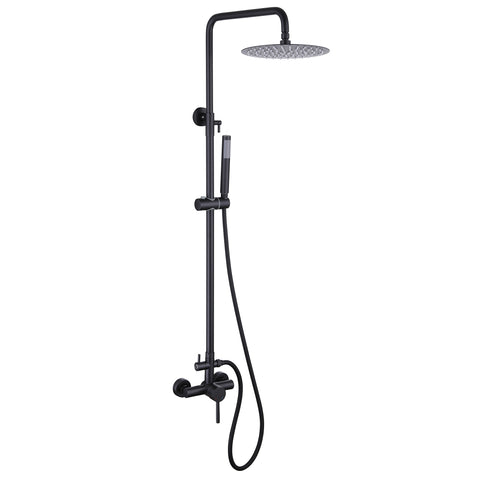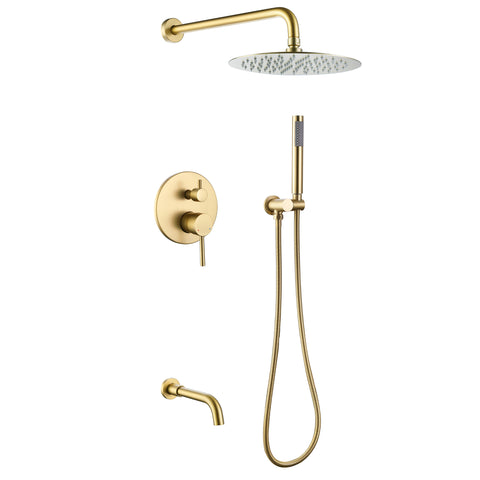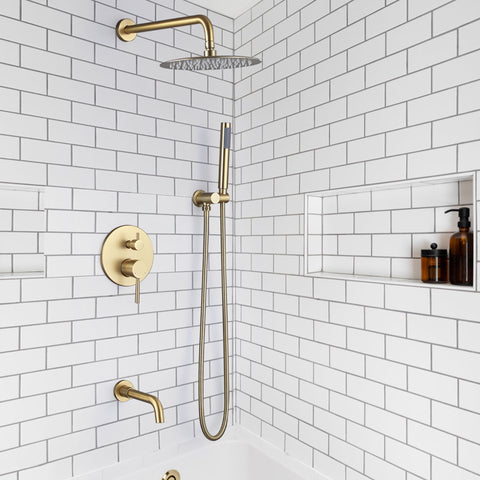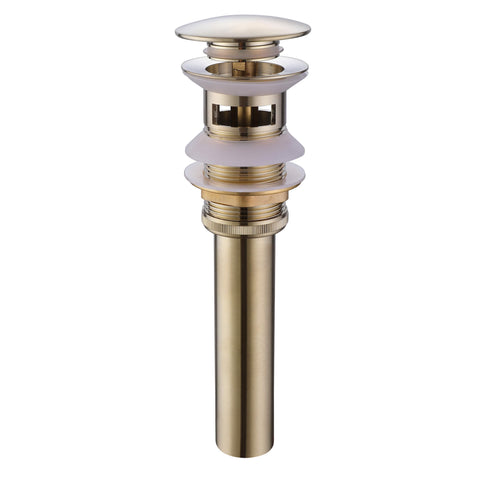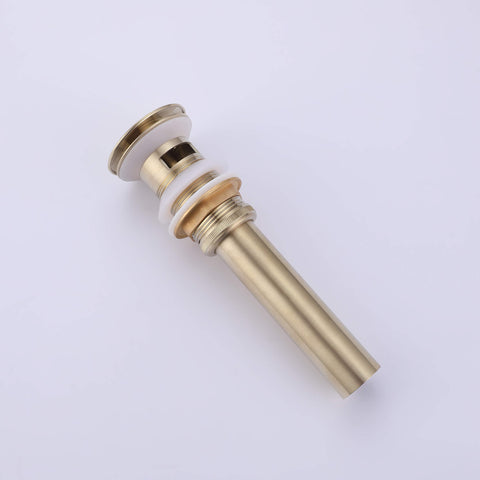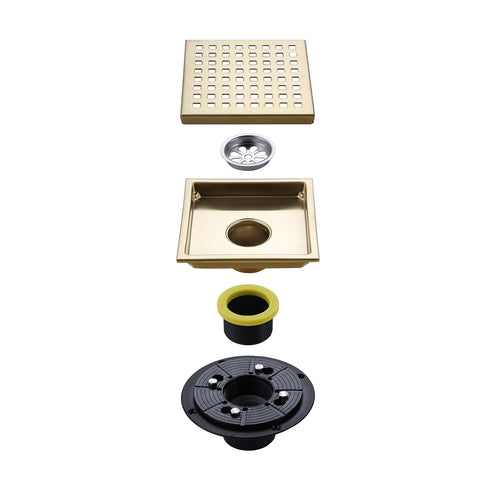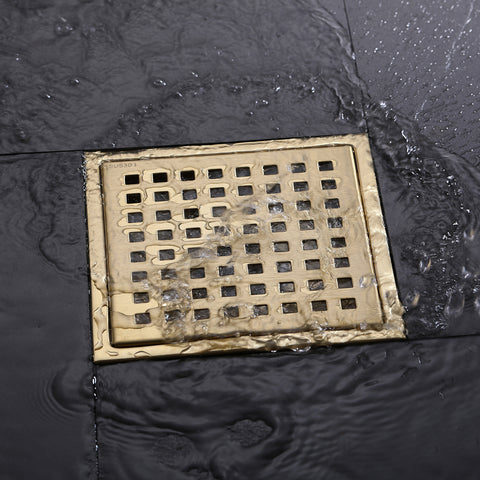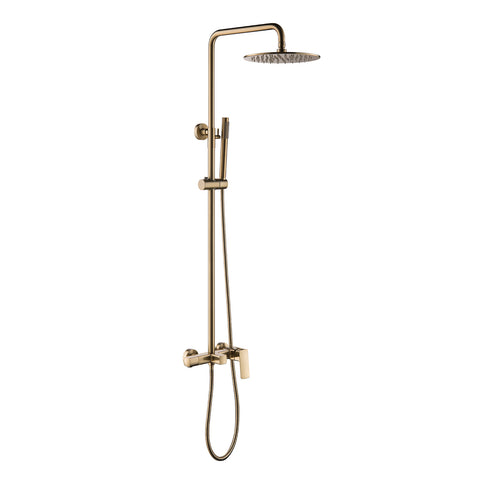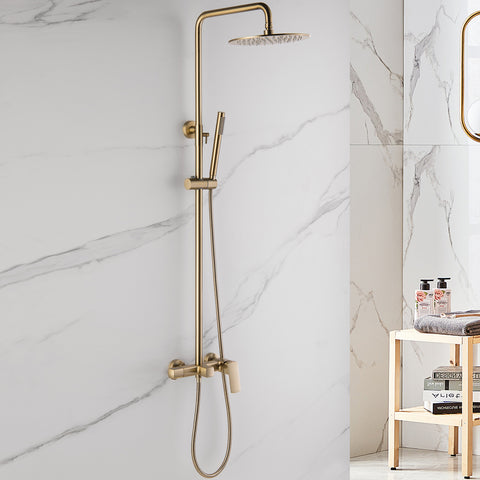How to Judge Faucet Quality: Key Materials & Craftsmanship Tips
Faucets are an indispensable part of every household, serving as our daily connection to clean water. Each morning, we use the bathroom faucet to brush our teeth and wash our faces; in the kitchen, we rely on faucets to wash vegetables, prepare food, and clean dishes. When renovating a kitchen or bathroom, choosing a high-quality faucet is crucial—not only for durability but also for water-saving performance. Superior faucets often feature precision pipe threads and excellent corrosion resistance against acidic or salty environments. But how exactly can we judge the quality of a faucet based on craftsmanship, testing standards, and component details?
A faucet’s core components include the main body, valve core, handle, spout, aerator, and installation hardware. Higher-end models may also come equipped with check valves, solid copper mounting plates, gaskets, hoses, and standard connectors. The completeness and quality of these components greatly affect the faucet’s performance, longevity, and installation convenience.
One of the most critical indicators of faucet quality is the precision of its pipe threads—the threads connecting the faucet to your home’s water pipes. High-precision threads not only ensure a secure, leak-free installation but also make the installation process smoother and reduce the risk of water leaks that could cause costly damage.
Single-handle faucets:
As the name suggests, single-handle faucets typically feature one lever that controls both water temperature and flow, offering easy, one-handed operation. Modern single-handle faucets are designed with dual inlet pipes to accommodate both hot and cold water lines. These faucets are favored in contemporary kitchens and bathrooms for their sleek design and space-saving profile.
Double-handle faucets:
Double-handle faucets have separate handles for hot and cold water, each connected to an independent inlet pipe. This classic design allows for precise control of water temperature and flow, making it ideal for traditional or vintage-inspired spaces where aesthetics and fine-tuning water mix are priorities.
At the heart of every faucet is the valve core, which directly affects water control and sealing performance. Valve cores are commonly categorized by material: outdated rubber valve cores, wave roller cores, modern ceramic valve cores, and stainless steel ball valve cores. They are also divided by function into manual, thermostatic, and sensor-controlled types. Ceramic valve cores are the current industry standard due to their exceptional sealing, stable performance, and impressive lifespan—often rated for over 300,000 open-close cycles, equivalent to decades of reliable use without leaks.
When purchasing a faucet, ensure compatibility with your sink or countertop fixtures. The model must match standard installation sizes; otherwise, even minor mismatches can cause leaks or require costly modifications. Although faucet styles continue to evolve, standard installation specifications remain largely consistent—especially if you use common sink shapes and standard ceramic basins. Choosing the right faucet model ensures hassle-free installation, reliable performance, and a comfortable user experience.
To accurately evaluate faucet quality, inspect not only the main body material (e.g., solid brass or stainless steel) but also the surface treatment, valve core construction, handle feel, and included hardware. High-quality finishes—such as multi-layer electroplated chrome, brushed nickel, or PVD coatings—provide better resistance to corrosion and scratches. If you’re concerned about counterfeit or inferior products, buying from reputable brands is your best safeguard. An Rbrohant faucet could be your ideal choice: our products are crafted with precision, backed by rigorous quality testing, and supported with comprehensive after-sales service and warranty coverage for complete peace of mind.
